Building Time
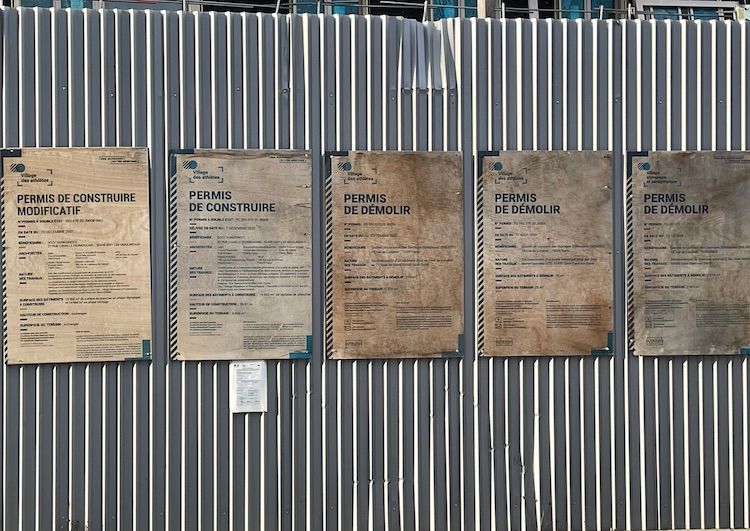
Friday, 10 February
Early on in my Paris years, I learned an expression that made me feel I really knew my way around town: les dix minutes parisiennes. It means that whether you are attending a meeting and certainly a dinner party in Paris, you are not only allowed to be ten minutes late, it is almost expected.
I don’t know if the working world here has become Anglo-Saxonised to the point of punctuality, but I am still appreciative when my dinner guests afford me that 10-minute cushion.
Lately I’ve been wondering if the tendency of Parisiens to run late might not be about to get the whole country in trouble.
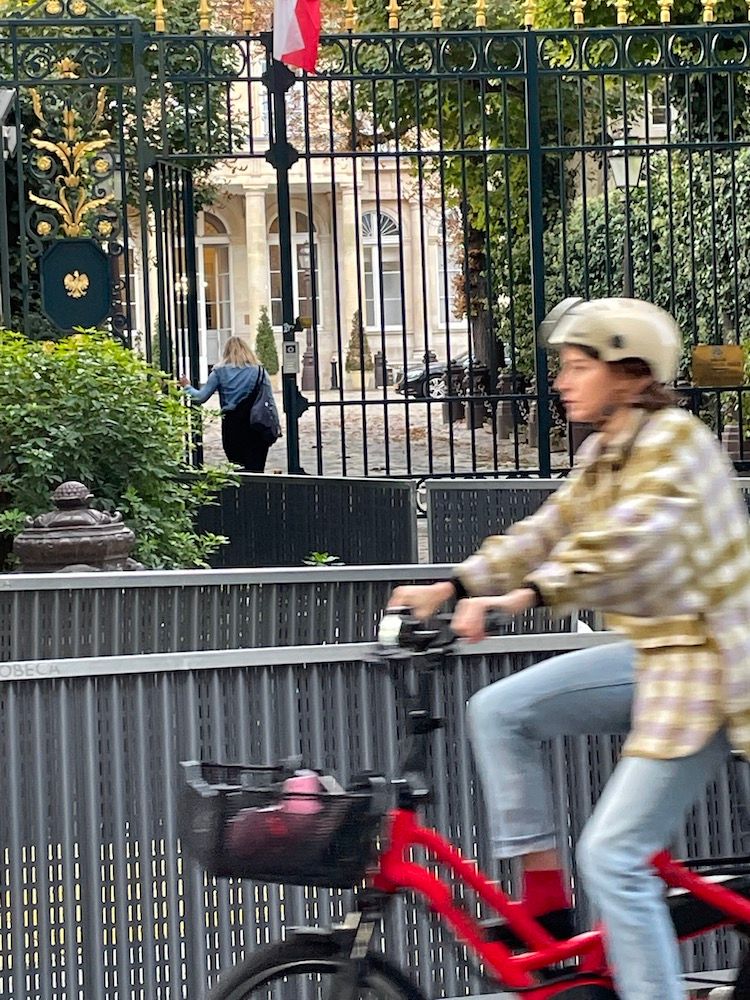
Next year France is hosting the Summer Olympics, and even though the Games are still another 17 months away (the Olympics are from 24 July-11 August and the Paralympics from 28 August to 8 September 2024), it’s hard to see how the city is going to be ready to receive 14,000 athletes and 600,000 visitors.
As I’ve noted on more than one occasion, and as you can see above and below, everywhere you look are works that seem nowhere near finished.
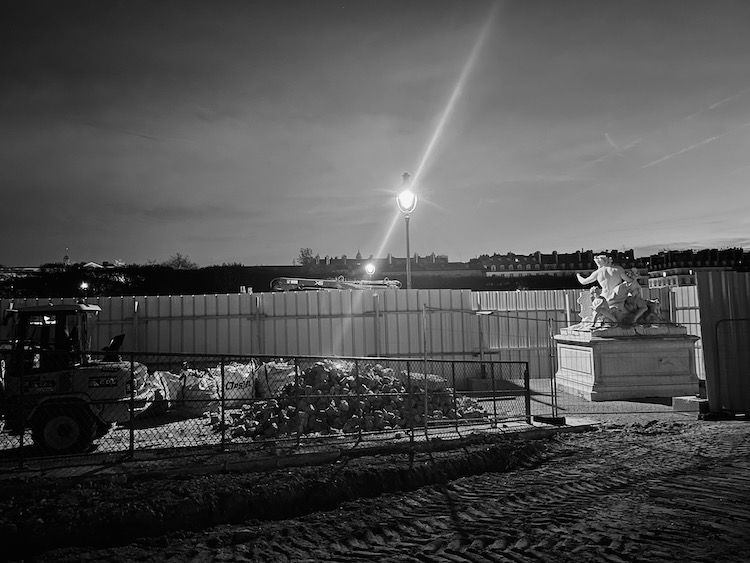
Lately I’ve also been wondering about the readiness of construction projects for the games themselves.
According to its website, the Olympic Village, for example, located just north of Paris in the towns of Saint Ouen and Saint Denis and near the Stade de France, is well underway. The developers claim the project, which will be converted into living space for real people once the Olympians leaves, “embodies 21st century urban planning, through good energy performance, carbon neutrality and strong emphasis on biodiversity. The redevelopment of the area is also designed to promote 'living together' and the development of an inclusive society, taking into account the diversity of needs of each citizen, in particular those with disabilities." (for details and drawings, look on the site)
Since you can't believe everything you read, yesterday I went to see this Shangri-La in the making for myself.
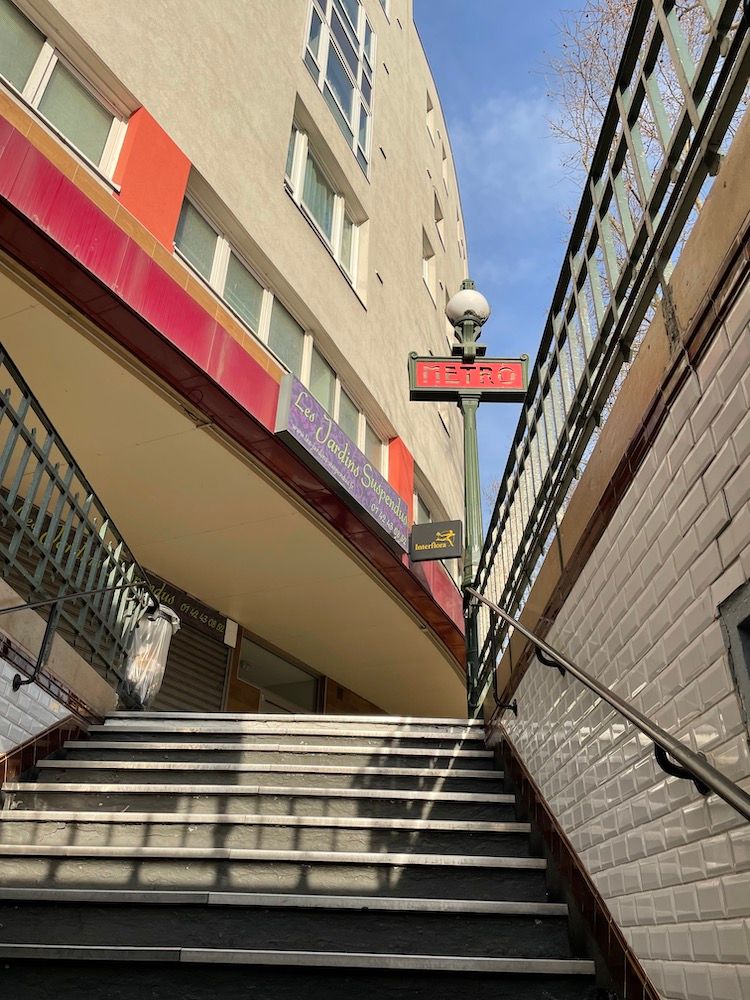
When I emerged from the closest métro stop to the Village, I walked the wrong way, and my fears of Paris being late for the show only amplified. A major road project in the vicinity looks to be in the early stages.
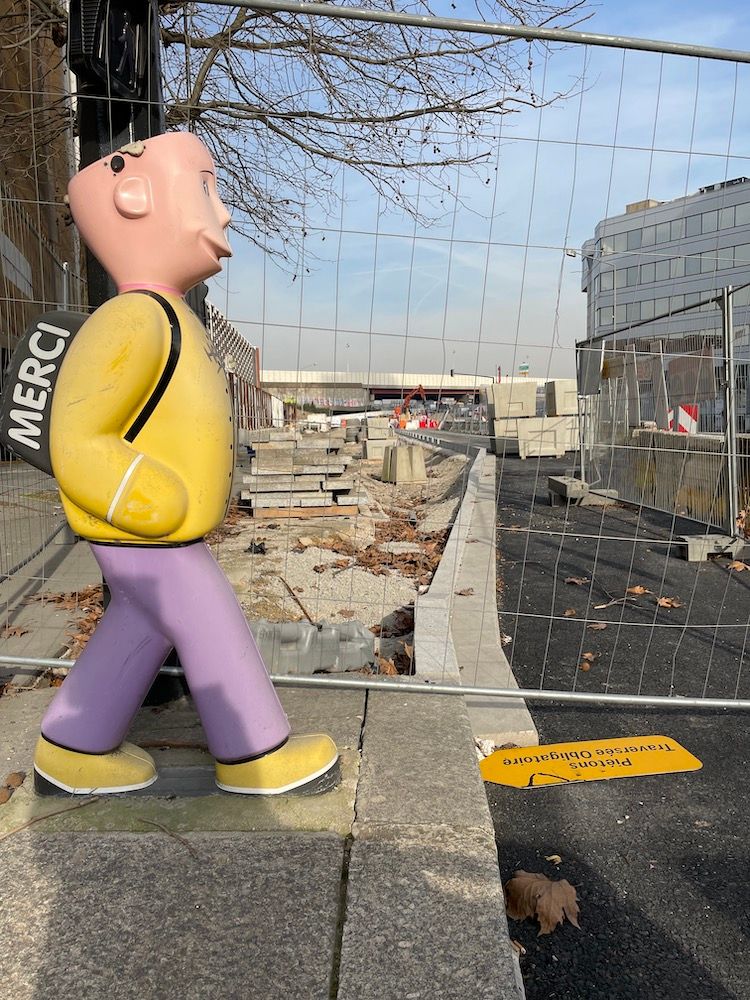
Approaching the Stade de France and looking at my phone to reorient myself, I almost fell over this.
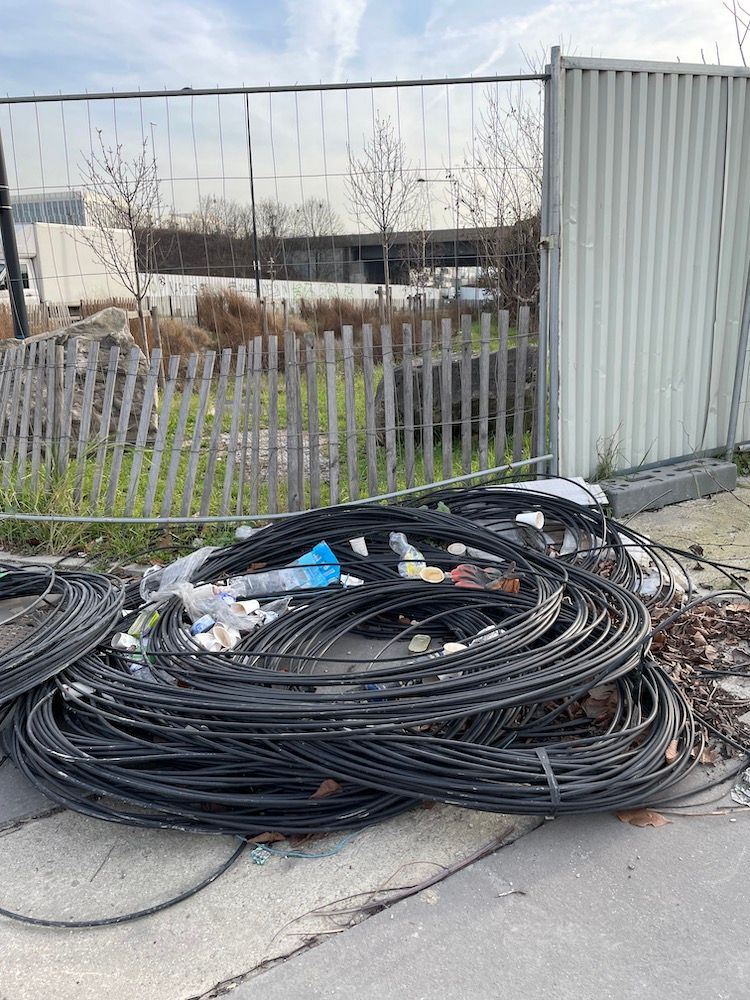
Once I actually got to the heart of the Village, the situation looked more hopeful...
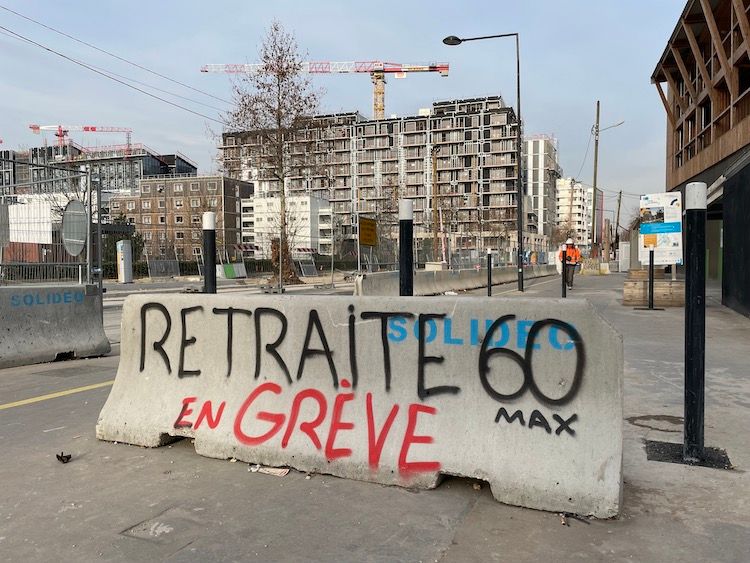
...though there are early signs of trouble in paradise (opposition to President Macron's retirement reform is expressed on every available surface) and still many forgotten corners...
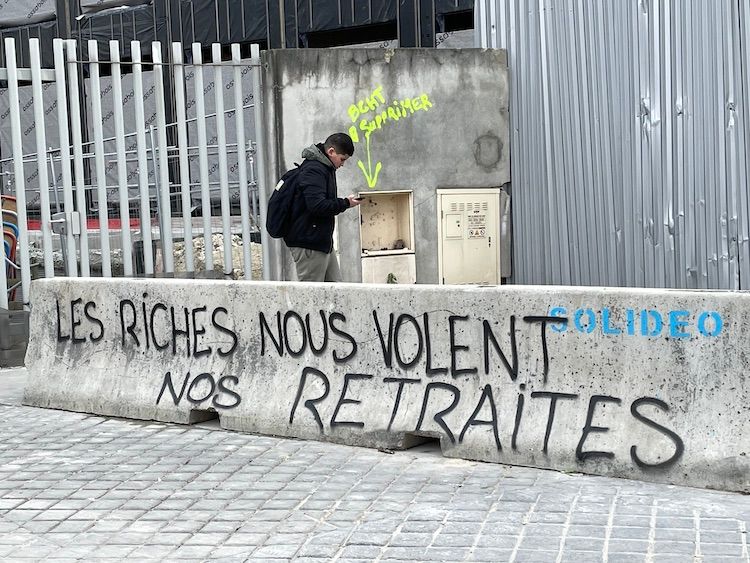
But as I crossed the street from the future Village to the old St Ouen, I stopped thinking about timing and started considering time.
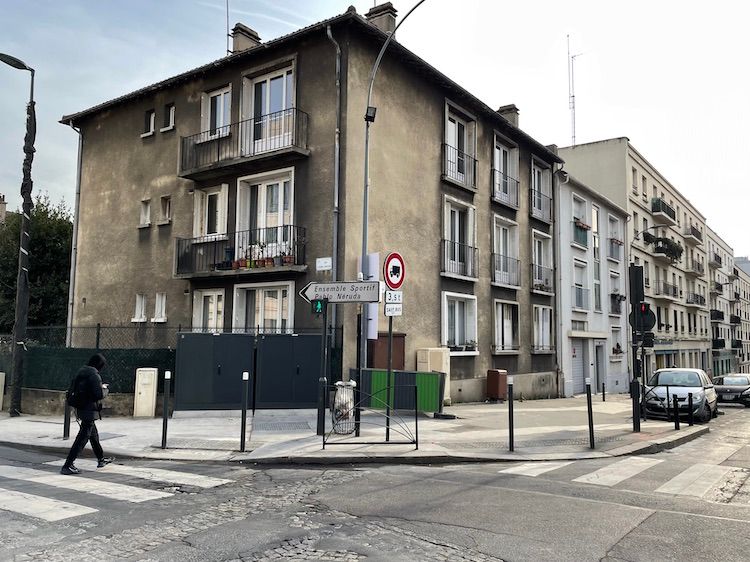
Saint Denis and Saint Ouen, in the department of Seine-Saint-Denis, were traditionally poor, working class suburbs, part of the ceinture rouge, the so-called red belt of left-wing voting banlieues around the edge of Paris.
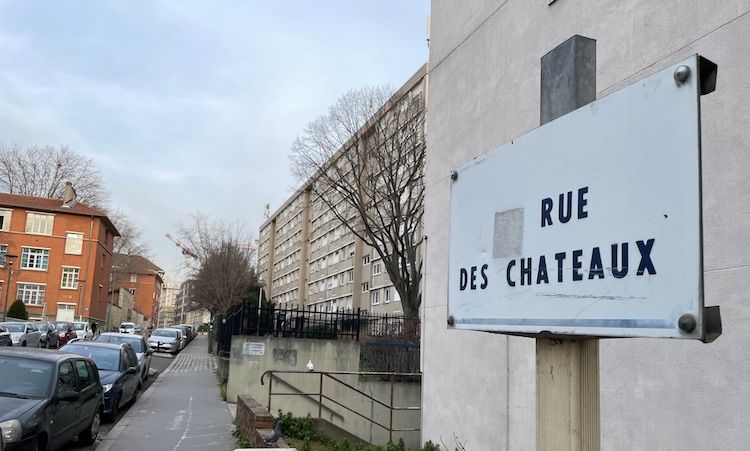
This is not the first time the area has undergone radical change. During les trentes-glorieuses, France's post-war boom years, concrete housing blocks popped up all over the place. They were accused of being soulless, but to people who had been living without central heating and indoor plumbing, it felt like the promised land.
With deindustrialisation, the workers moved out and the immigrants France once courted moved in. The buildings have not aged well.
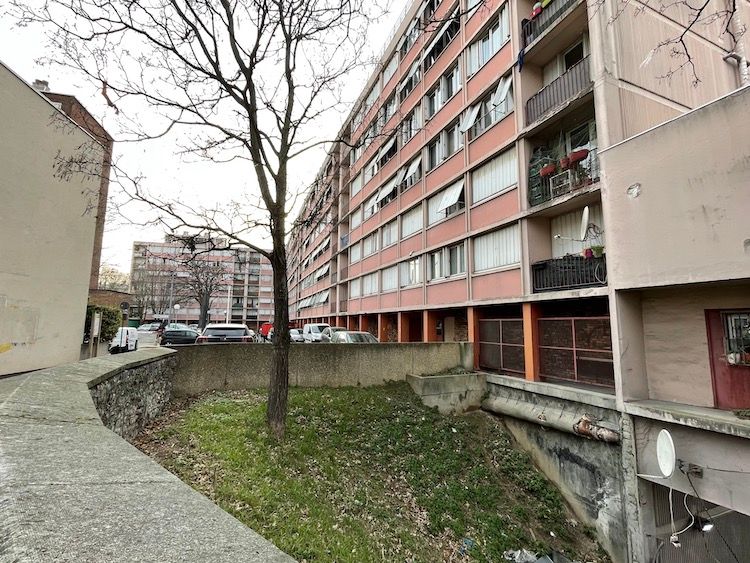
The towns remain poor and troubled. Average incomes in St Denis and St Ouen are less than 20,000€/$ a year; unemployment hovers around 20% and literacy rates are falling. Particularly the former has a reputation for high crime and drugs. It is often denounced as a hub of Islamist extremism.
On the other hand, as my walk reminded me, it is also a lot livelier than, say, the boring VIIe where I live. Seine-Saint-Denis is the youngest department in France and some would say the most creative. Rap and hip-hop thrive in le neuf-trois (its nickname, in reference to its department number, 93), and verlan (the argot of the banlieues) has made its way into the mouths of Bobo Parisians. "Je vais avec la meuf à la teuf" (I'm going with the girl to the party, which of course sounds much more lyrical in the original).
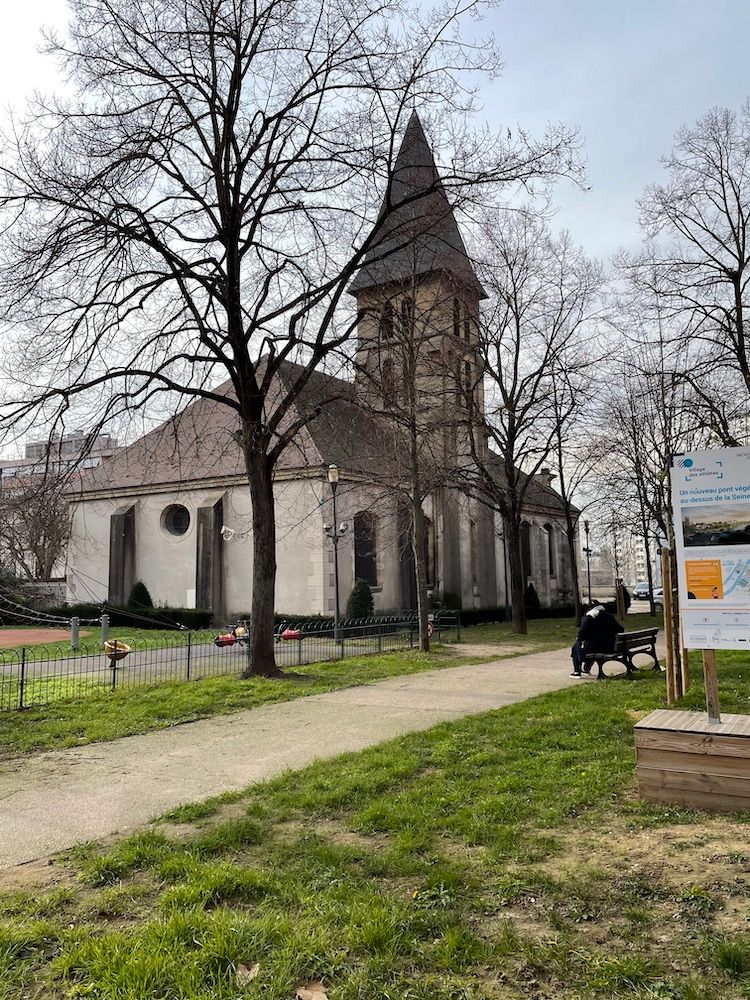
My amble took me further back in time, to when St Ouen really was just a village. The church St-Ouen-le-Vieux, built in the Middle Ages, reputedly on the spot where the saint dropped dead, overlooks the Seine. On the steep escarpment in front, well-tended grape vines are still neatly lined up. To the side stand old stones and, inexplicably, hay bales.
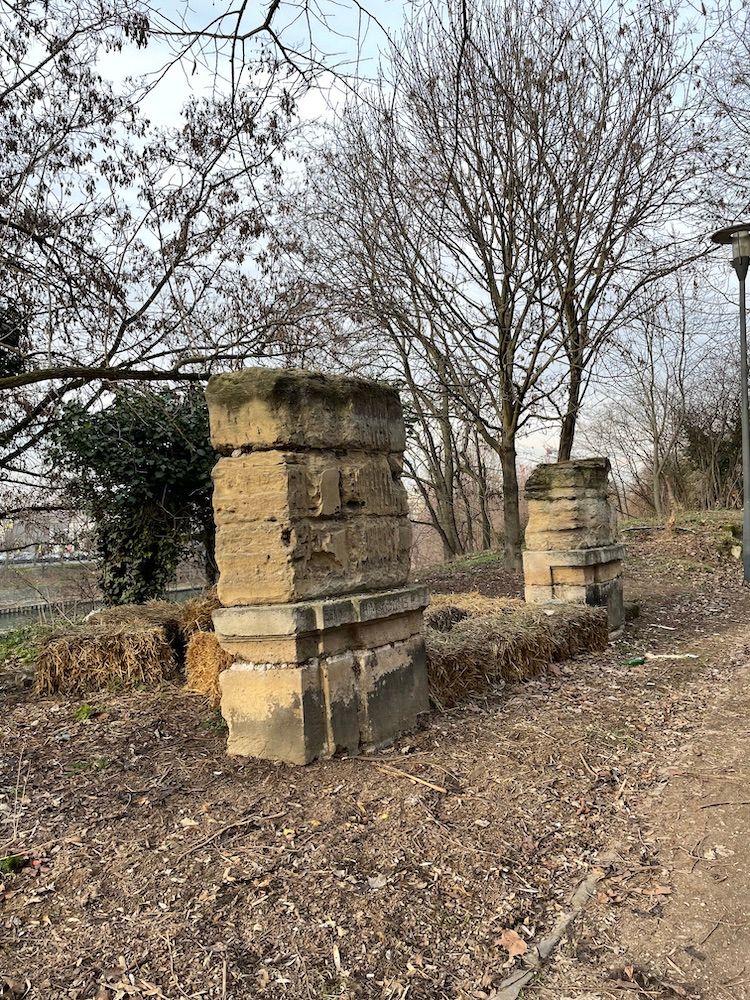
Beyond them is a well-established encampment of the homeless.
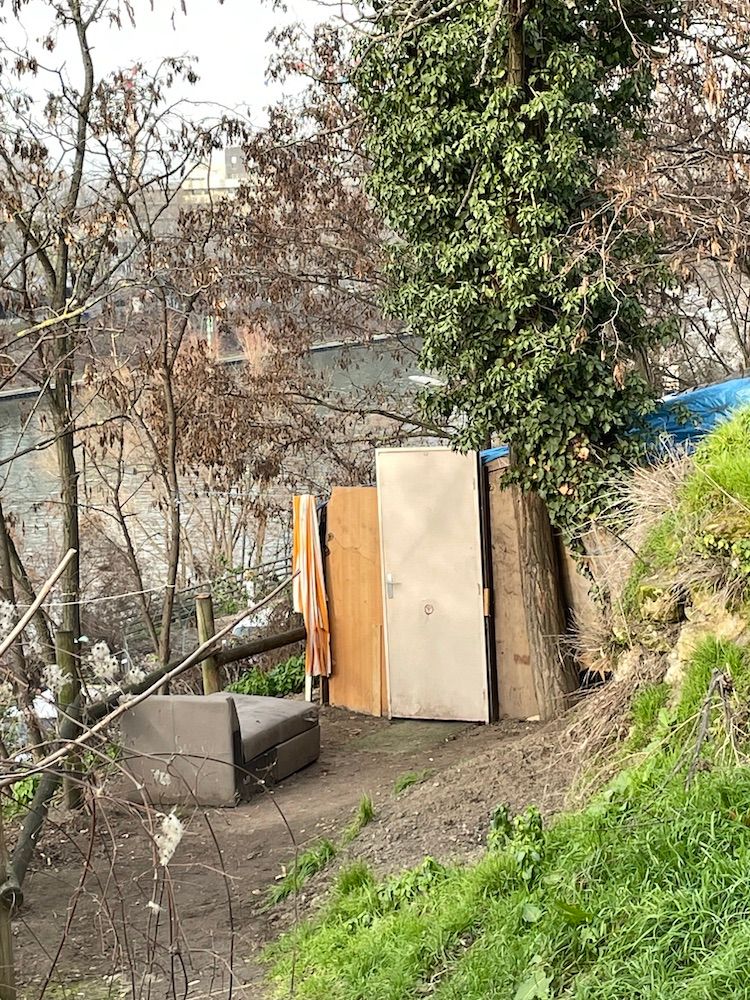
History in these older parts of town has developed vertically, layer upon layer over the centuries, resulting in lots of unexpected quirks that give the place a soul. It leaves you wondering if the millimetrically planned Olympic approach to community can ever provide depth.
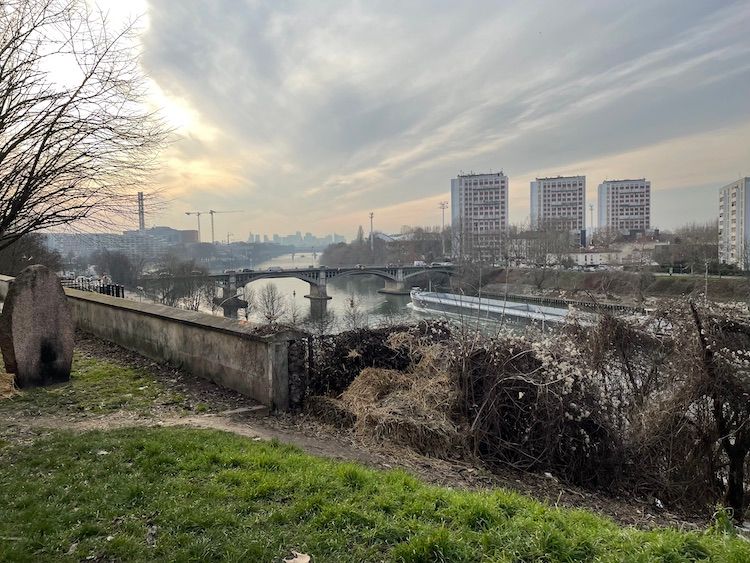
In the view up-river from the church looms the silhouette of another French architectural bubble, La Défense, conceived to provide modern office and living space in the 1960s -70s. It's a weird place today, but in its way, it lives. And the poor suburbs of Paris certainly need a leg up.
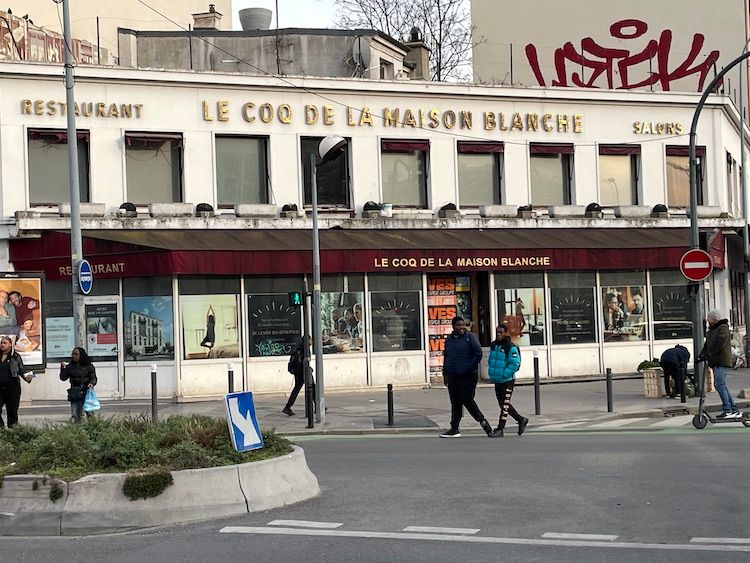
Here's hoping this latest attempt at utopian living goes some way to improving people's lives and enriching the surrounding community. In the meantime, cross your fingers that it gets done on time.
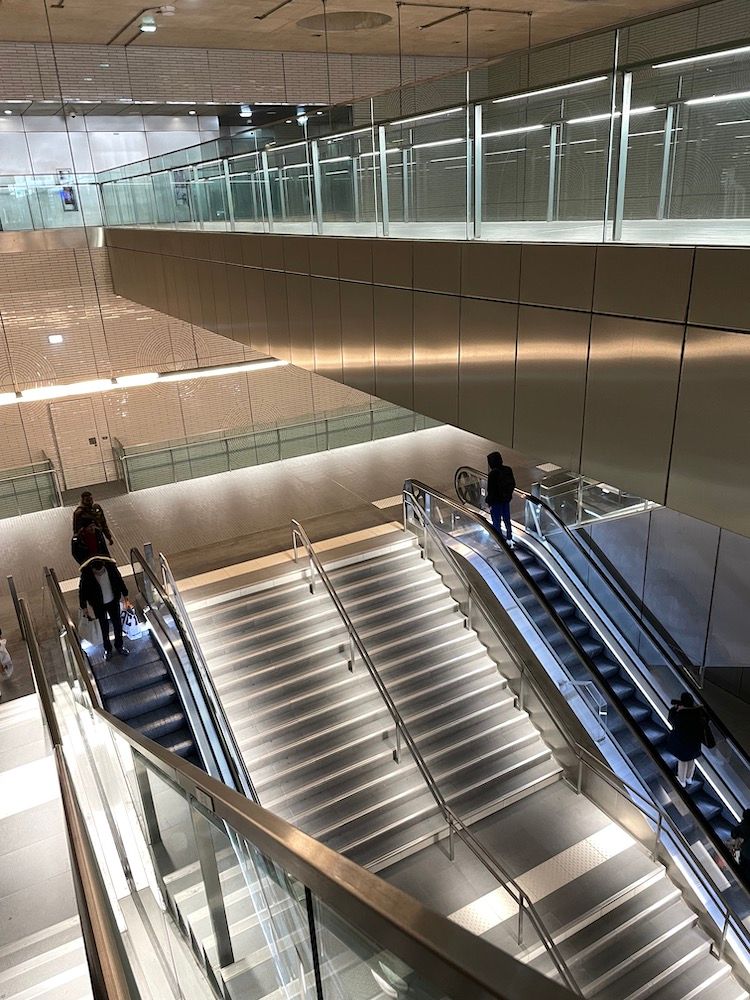
_____________
You can visit my website here and follow me on my Instagram here